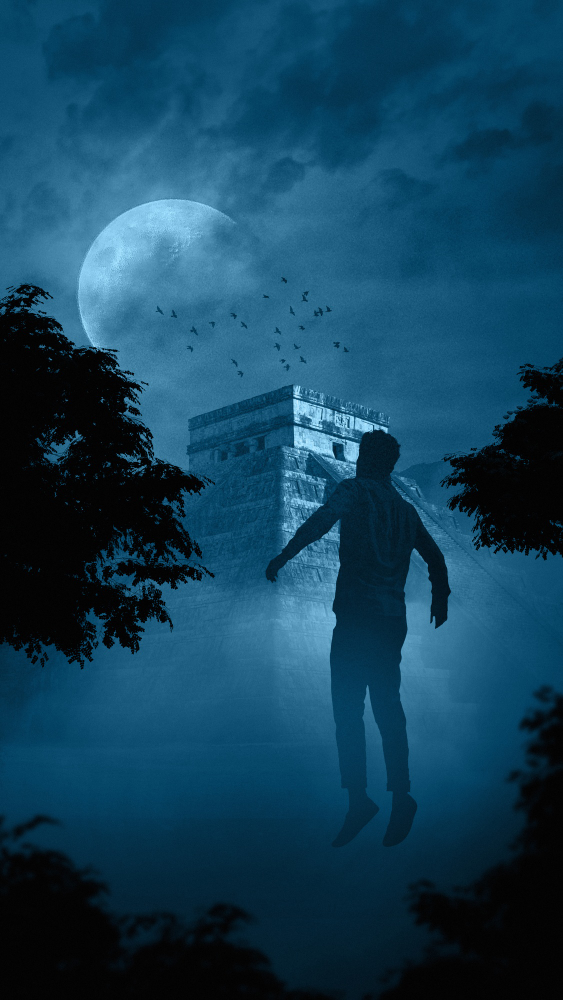Overview
Astraphobia, also known as the fear of thunder and lightning, is a specific phobia that can cause extreme distress and anxiety in individuals. While it is common among children, many adults in India also experience severe anxiety during thunderstorms. Given the prevalence of thunderstorms in different parts of India, especially during monsoon seasons, astraphobia can significantly impact daily life and mental well-being.
Key Facts
- Prevalence in India: Limited studies suggest that a significant portion of the population experiences mild to severe astraphobia.
- More Common in Children: While many outgrow this fear, some continue to struggle with it into adulthood.
- Weather-Related Anxiety: Areas with frequent thunderstorms, such as coastal and tropical regions of India, report higher cases of astraphobia.
- Impact on Mental Health: Severe astraphobia may lead to panic attacks, avoidance behaviour, and sleep disturbances.
Symptoms and Patterns
Individuals with astraphobia may exhibit a variety of physical, emotional, and behavioural symptoms:
- Physical Symptoms:
- Increased heart rate, sweating, and trembling.
- Shortness of breath, dizziness, and nausea.
- Panic attacks during thunderstorms.
- Emotional and Cognitive Symptoms:
- Intense fear and dread at the sight or sound of thunder and lightning.
- Overestimation of the danger posed by storms.
- Difficulty concentrating due to fear.
- Behavioural Symptoms:
- Avoiding outdoor activities during monsoon seasons.
- Seeking excessive reassurance or shelter.
- In severe cases, refusing to leave home during storms.
Risk and Protective Factors
Risk Factors:
- Genetic Influence: Family history of anxiety disorders or phobias.
- Early Traumatic Experiences: Exposure to severe storms or past traumatic incidents related to thunderstorms.
- Media Influence: Negative portrayals of thunderstorms in movies or news reports.
- Comorbid Anxiety Disorders: Individuals with generalized anxiety disorder or PTSD may be more prone to astraphobia.
Protective Factors:
- Education and Awareness: Understanding that thunderstorms are natural and often not dangerous.
- Parental Support: Reassuring children instead of reinforcing their fear.
- Gradual Exposure Therapy: Controlled exposure to storm sounds and visuals to reduce anxiety.
- Mindfulness and Relaxation Techniques: Yoga and deep breathing exercises can help manage anxiety.
Treatment and Care
Managing astraphobia involves a combination of psychological and behavioural approaches:
- Cognitive-Behavioural Therapy (CBT): Helps individuals reframe irrational fears.
- Exposure Therapy: Gradual exposure to storm-related stimuli to desensitize fear responses.
- Virtual Reality Therapy: Using simulations to reduce anxiety associated with thunderstorms.
- Medication: Anti-anxiety medications may be prescribed in severe cases but are not a long-term solution.
Psychological and Psychosocial Interventions
- Desensitization Therapy: Step-by-step exposure to storm sounds and visuals.
- Support Groups: Engaging with others facing similar phobias to normalize experiences.
- Relaxation Training: Incorporating meditation, mindfulness, and guided imagery to reduce fear.
- Parental and Social Support: Encouraging a calm and reassuring environment for children.
- Crisis Management Strategies: Helping individuals develop coping strategies for dealing with unexpected thunderstorms.
Conclusion
Astraphobia can be distressing, but with the right treatment and coping strategies, individuals can overcome their fear and lead a normal life. In India, where thunderstorms are common, increasing awareness and promoting early intervention can help individuals manage their anxiety effectively. Psychological therapies, social support, and gradual exposure techniques remain the key approaches to treating astraphobia.


